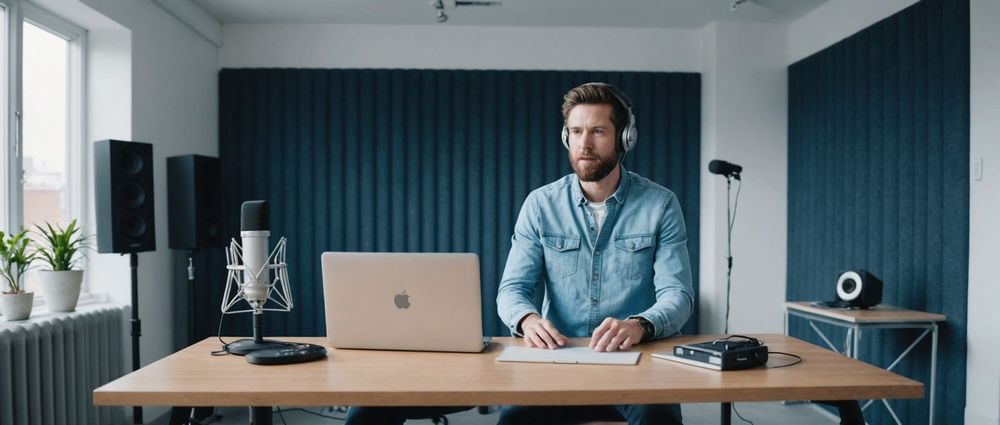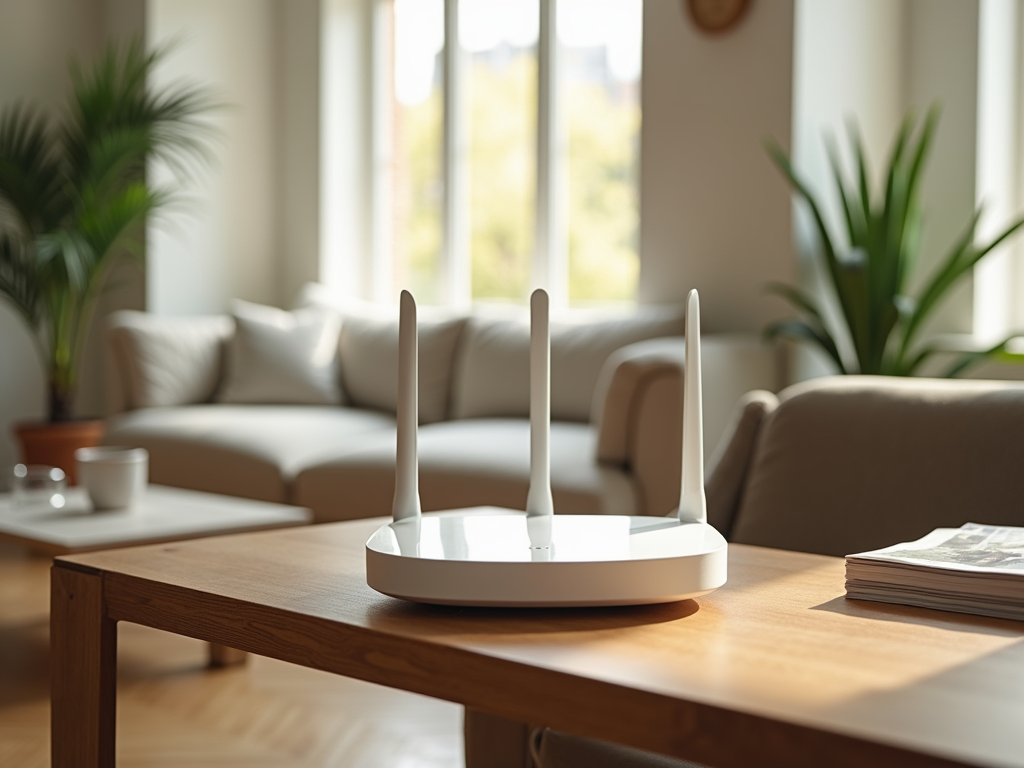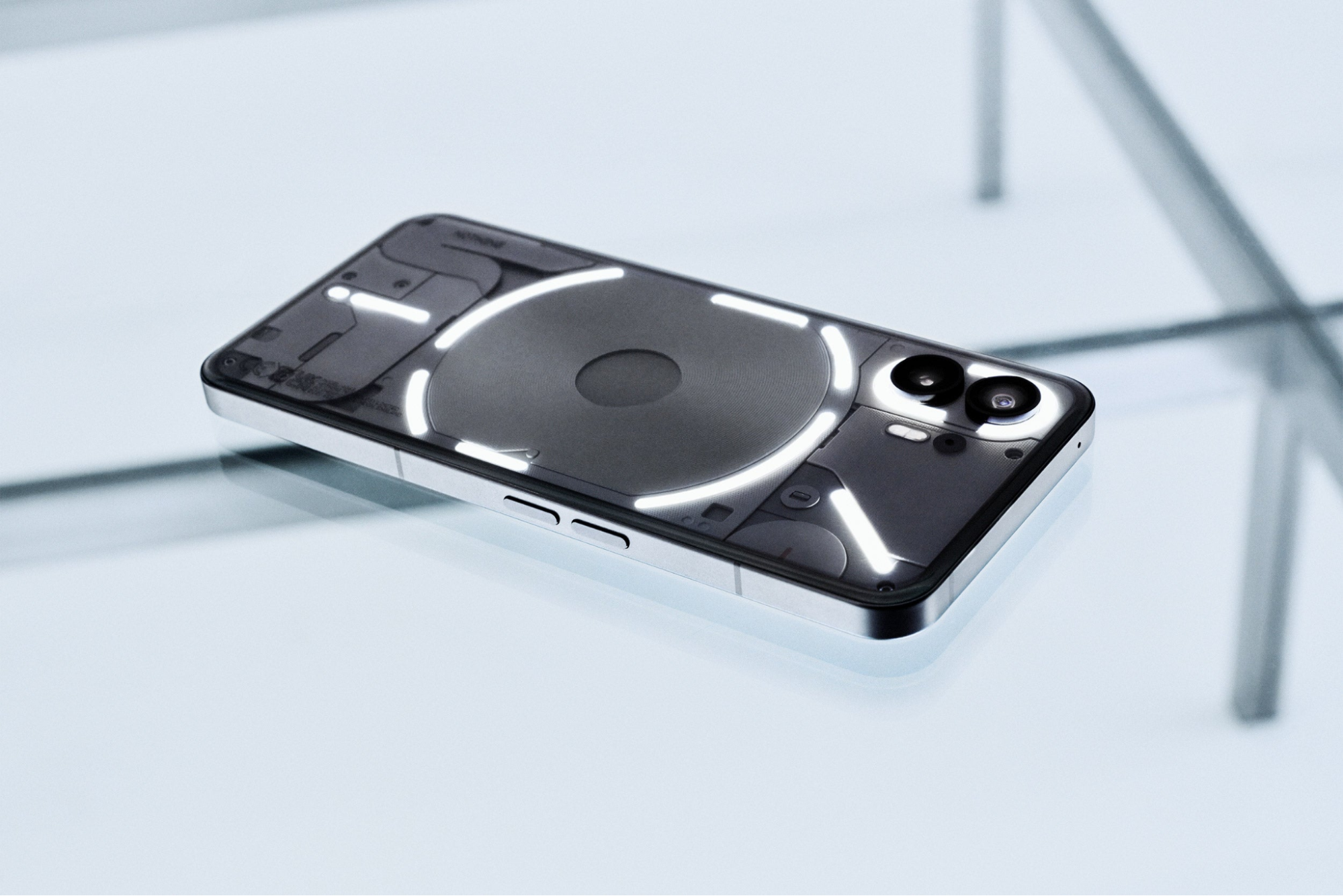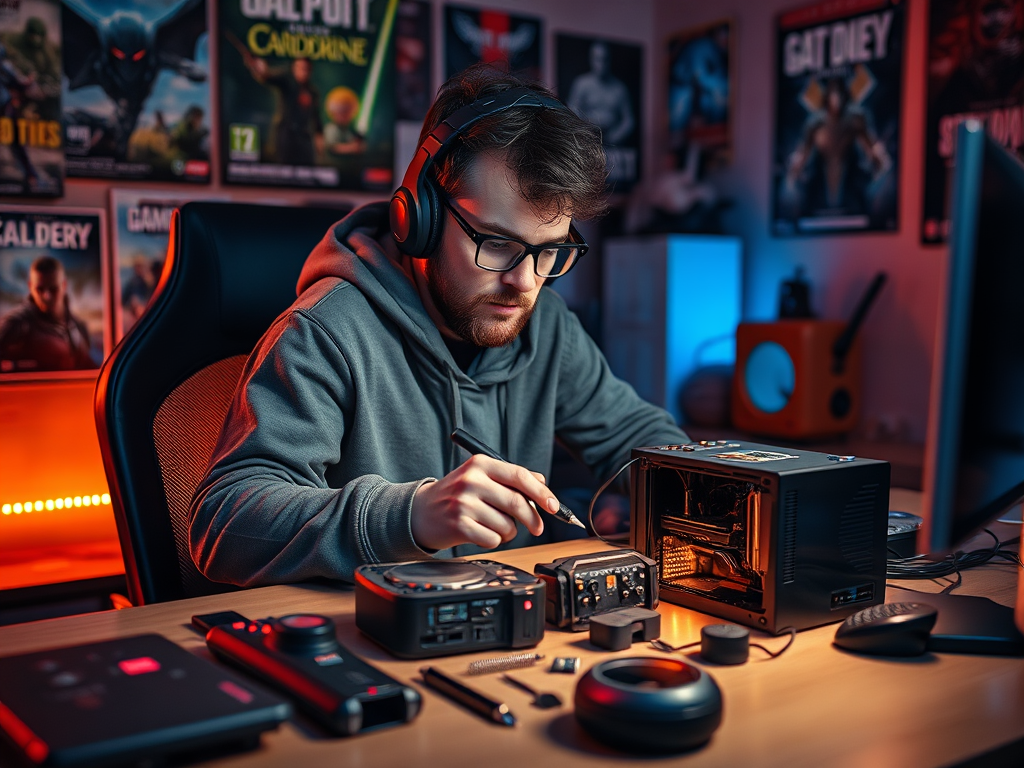When venturing into the realm of podcasting, choosing the right microphone can significantly impact your audio quality and listener experience. The main topic of this article revolves around essential tips and considerations to guide you in selecting the best microphone for your podcasting needs. From understanding different types of microphones to considering your recording environment, this article covers crucial factors that can affect your decision. With the right information, you can make an informed choice that elevates the production value of your podcast. Below, we delve into various aspects that should be top-of-mind when purchasing a podcast microphone.
Understand the Different Types of Microphones
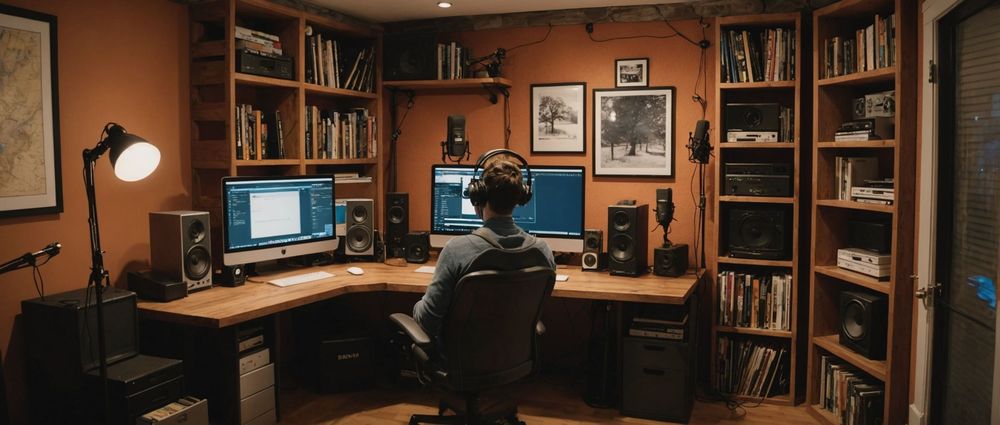
Microphones come in various types, each designed for specific uses and environments. The main types you’ll encounter are dynamic, condenser, and ribbon microphones. Understanding the differences can help you decide which one aligns with your podcasting goals.
- Dynamic Microphones: Best for high sound pressure levels and usually more durable, making them great for live settings.
- Condenser Microphones: Offer a wider frequency response and are sensitive to subtle sounds, ideal for voice and studio settings.
- Ribbon Microphones: Known for their warm sound quality, these are better suited for controlled environments and professional recordings.
Additionally, consider whether you need a USB or XLR microphone. USB microphones are simple to use and suitable for beginners, while XLR microphones provide superior audio quality and versatility but require additional equipment like audio interfaces or mixers.
Assess Your Recording Environment
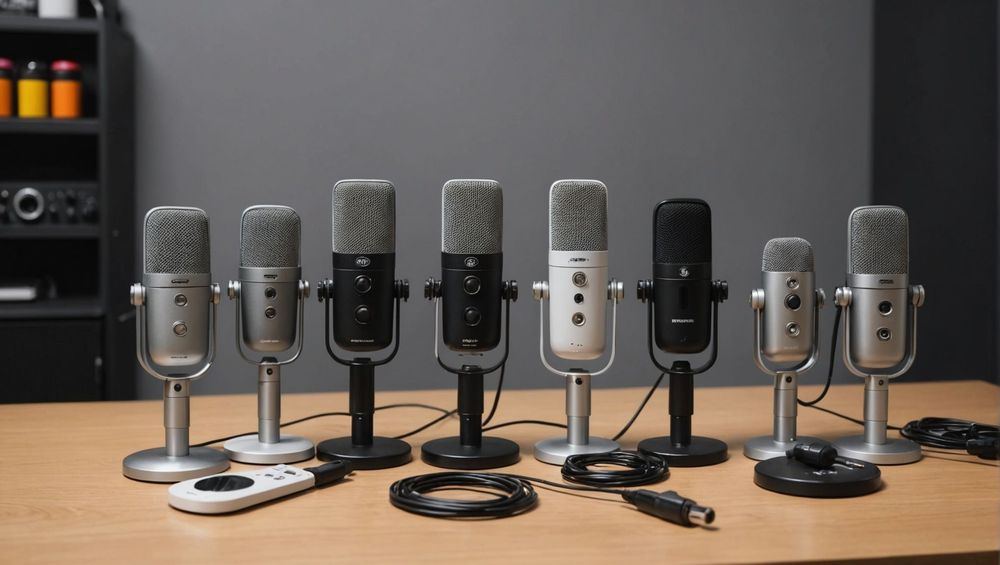
Your recording environment plays a pivotal role in the microphone you select. Factors such as room acoustics, background noise, and space can influence the sound quality captured by your microphone. For instance, if you’re podcasting in a quiet room with controlled acoustics, a condenser microphone may be your best bet. However, if you’re in a noisy environment, a dynamic microphone might help reduce background interference.
To optimize your settings, consider the following:
- Choose a quiet room away from traffic and appliances.
- Use soundproofing materials like curtains or foam panels to reduce echo.
- Avoid areas with hard surfaces that create a lot of reverb.
Ultimately, the microphone you choose should complement the acoustics of your recording space, ensuring that your voice is clear and professional.
Budget Considerations
Your budget will inevitably impact your microphone choice. While it’s tempting to go for the cheapest option available, investing in a quality microphone can pay dividends in audio fidelity and production value. A good-quality microphone typically falls anywhere between $100 and $500, but the range can expand based on features and brand reputation.
When setting a budget, consider the following tips:
- Prioritize Quality: Opt for a reputable brand that offers excellent sound quality and durability.
- Research Features: Look for microphones with features that suit your needs, such as cardioid patterns for focused sound capture.
- Plan for Extras: Don’t forget to budget for necessary accessories like pop filters, stands, or shock mounts.
By allocating your funds wisely, you can find a microphone that fits your needs without compromising on quality.
Connectivity Options
Another vital factor to consider when purchasing a microphone for podcasting is the connectivity options it offers. Microphones typically come in two main types: USB and XLR. Your choice between them can drastically affect your setup and how you record.
- USB Microphones: These are straightforward to set up, offering plug-and-play convenience. They’re excellent for podcasters just getting started or those who prioritize simplicity.
- XLR Microphones: These provide higher audio quality, greater flexibility, and the ability to expand your recording setup. However, they require an audio interface or mixer, which may entail additional costs and complexity.
Consider your level of expertise and the recording workflow you envision when deciding between USB and XLR. The right choice will enhance your recording process and output.
Test Before You Invest
If possible, try to test microphones in-store or rent them before making a purchase. Listening to how your voice sounds through the microphone can be invaluable for making the right decision. Ensure that the microphone suits not just your voice but also the overall sound you want to achieve in your podcast.
Engage in the following while testing:
- Speak at various distances to see how the mic captures your voice.
- Vary your recording levels to check for clarity and distortion.
- Consider the microphone’s pickup pattern and how it fits your recording style.
Always trust your ears; the right microphone should enhance your voice and align with your podcast’s vision.
Conclusion
Choosing the right microphone for your podcast is an essential step toward producing high-quality audio content. By understanding the different types of microphones, assessing your recording environment, considering your budget, and evaluating your connectivity options, you can make an informed decision. Don’t overlook the importance of testing before investing, as this ensures you select a microphone that works best for your voice and podcasting style. Ultimately, the right microphone can elevate your podcast, engage listeners, and foster a professional sound that distinguishes your content from the rest.
FAQs
1. What type of microphone is best for beginners in podcasting?
A USB microphone is generally best for beginners due to its ease of use and plug-and-play functionality.
2. Are dynamic microphones better than condenser microphones for podcasting?
Dynamic microphones tend to be better for noisy environments, while condenser microphones are ideal for capturing detailed vocal sounds in quieter settings.
3. Do I need an audio interface for a USB microphone?
No, USB microphones connect directly to your computer and do not require an audio interface.
4. What accessories do I need with a professional microphone?
Accessories such as pop filters, shock mounts, and microphone stands can significantly enhance your audio quality and recording setup.
5. How much should I expect to spend on a decent podcast microphone?
A good-quality podcast microphone usually ranges from $100 to $500, depending on the brand and features.
